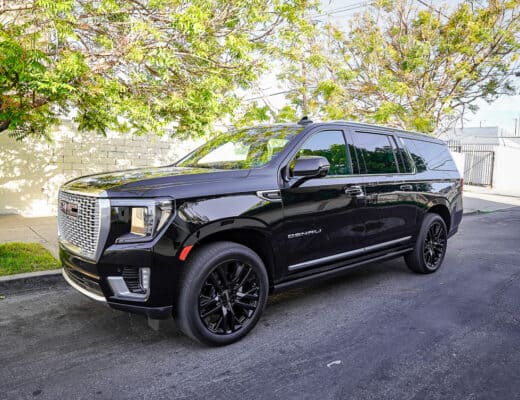As electric vehicles (EVs) become more popular, the need for a fast and reliable home charging system becomes increasingly important. A home charger allows you to charge your EV quickly and easily, without having to rely on public charging stations.

Setting up a home charger for your EV can seem daunting, but with the right tools and knowledge, it can be a straightforward process. It’s important to note that in order to have a fast home charger, your electrical panel will need to be updated to support it.
Get a Level 2 Charger
The first step in setting up a home charger for your EV is to determine the type of charger you need. There are two main types of home chargers: Level 1 and Level 2.
Level 1 chargers are the most basic and are typically included with your EV when you purchase it. They use a standard 120-volt household outlet and can charge your EV at a rate of about 3 to 5 miles of range per hour. Level 2 chargers, on the other hand, use a 240-volt outlet and can charge your EV at a rate of about 20 to 30 miles of range per hour.
If you’re looking to charge your EV quickly, a Level 2 charger is the way to go. However, it’s important to note that installing a Level 2 charger requires more work and a higher initial cost. You will need to have a qualified electrician install a dedicated circuit, which can cost upwards of $1,000. It’s also important to note that some municipalities may require a permit for the installation of a Level 2 charger.
Before the installation of a Level 2 charger can take place, you will need to have your electrical panel updated to support it. This will typically involve upgrading the panel to a higher amperage, as well as installing additional circuits to support the charger.
It’s important to note that this is not a DIY project and should be done by a qualified electrician. They will be able to ensure that the panel is upgraded safely and to code and that it can support the increased load of the charger.

How to Choose an EV Charging Station
Once your electrical panel has been updated, it’s time to choose the right charging station. There are many different charging stations available on the market, with different features and price points. Some of the most popular options include the ChargePoint Home, the JuiceBox Pro, and the ClipperCreek LCS-25. These charging stations are easy to install, come with a variety of features, and are compatible with most EV models.
When choosing a charging station, it’s important to consider the features that are important to you. Some charging stations come with built-in WiFi, allowing you to monitor and control the charging process from your smartphone. Others have a built-in display that shows the charging status and estimated time remaining. Some charging stations even have the ability to charge multiple vehicles at the same time.
Installing a Home EV Charging Station
Once you’ve chosen your charging station, it’s time to install it. Most charging stations come with detailed instructions, and the installation process is typically straightforward. However, if you’re not comfortable installing the charger yourself, it’s best to hire a qualified electrician to do the work for you. They will be able to ensure that the installation is done safely and to code, and it will be required by some municipalities.
After your charging station is installed, it’s important to test it to ensure that it’s working properly. This includes checking the charging status, making sure the cable is securely connected, and ensuring that the charging station is properly grounded. It’s also important to test the charging station with your EV to make sure that it’s compatible and that it’s charging at the correct rate.



